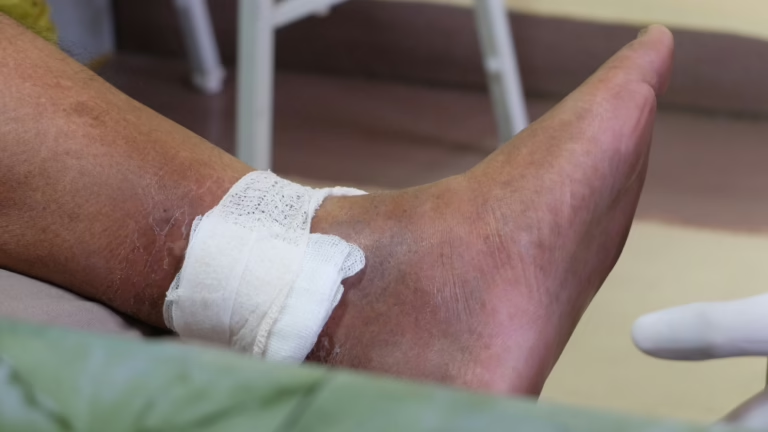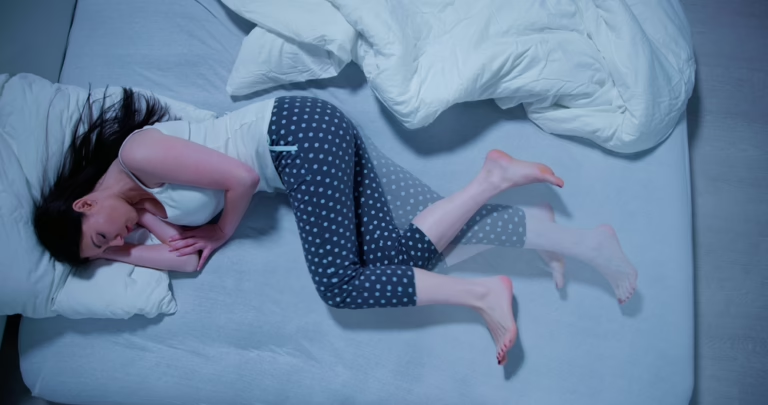Are you looking for vein doctors in Tolland, CT? Vein disease is a chronic condition found in the lower legs that progresses if left untreated. Chronic venous insufficiency (CVI) results in spider or varicose veins, swelling, skin conditions, bleeding, blood clots, and even ulcers. Resolving CVI requires medical treatment, but you can also manage the condition with aids and certain actions. Here’s how to manage the symptoms and reduce discomfort.
Use Compression Garments
Compression garments are highly recommended for treating and managing your CVI. They serve to keep blood from pooling your legs back into the bloodstream in the lower legs, as well as helping to squeeze the blood back towards the heart. Compression hose also helps to control swelling of the lower legs as well as squeeze some of the excess water. Compression garments come in different forms, knee-high socks being the most common type. Design advancements have made compression stockings come in various designs, weights, and strengths that meet your needs. Unlike the ones your mother or grandmother wore, there are many fun and stylish compression socks now.
A compression stocking is tightest at the ankle and loosens higher up. This design keeps blood from pooling in your ankles while facilitating its upward movement as it returns to the heart. The stocking is made from a knit material that flexes with your leg for comfort as you move and retains tension for longer wear.
Focus on Being Active
Standing or sitting for long periods without much activity plays a major role in developing vein disease. However, anyone can develop CVI for reasons such as weight gain, pregnancy, genetics, and many occupations, including teachers, nurses, hairdressers, and delivery people. Regardless of how you developed CVI, you can help alleviate the symptoms by partaking in physical activity.
The best way to maintain your symptoms is to walk around for 20-30 minutes daily. In other words, introduce walking breaks into your day and walk comfortably. You don’t have to push yourself; the goal is to get your heart pumping harder. Increasing your heart rate results in faster circulation, moving the blood out of the veins and alleviating the symptoms.
Engage in Weight Loss
Excess weight puts more pressure on the valves in your veins, causing them to stretch out and start to leak. The weakened valves cannot hold the blood back and start to leak in the wrong direction. This causes blood pooling to break down more quickly, revealing the presence of CVI. Being overweight also worsens symptoms because more weight is bearing on your body. You may notice you hurt more than you should, and inflammation seems more severe.
Losing weight is your best option for relief from symptoms, even if you decide to get medical treatment. Reducing the pressure on your body makes it easier for your veins to function properly and results in less blood pooling.
Take Care of Your Skin
CVI causes a variety of changes in the skin that range from discoloration to ulcers. Spider and varicose veins are a well-known appearance, but the skin can turn a tan color over time, which can progress to a dark red-brown. Blood pooling causes inflammation of the legs, resulting in itching, scales, scabs, and more. Some skin conditions are caused by scratching to relieve discomfort; other times, it’s the result of the skin breaking down.
Make it a point to moisturize your skin, use topical ointments to reduce itching and discomfort, and engage in activities to reduce swelling. Not treating these issues can lead to skin conditions progressing to the point where medical intervention is needed to stop the damage.
Seek Medical Help From a Vein Treatment Physician
Find out more about your veins with a venous ultrasound. Chronic venous insufficiency is a condition that can be treated at Vanishing Veins in Hartford, CT. Our physician, Dr. Lori Greenwald, uses state-of-the-art technology to resolve CVI and related conditions for the best possible outcome.
Contact us today for an evaluation appointment with Dr. Greenwald and learn more about what’s going on with your veins, your prognosis, and the appropriate treatment. You can feel good about your legs again and live symptom-free after treatment.



